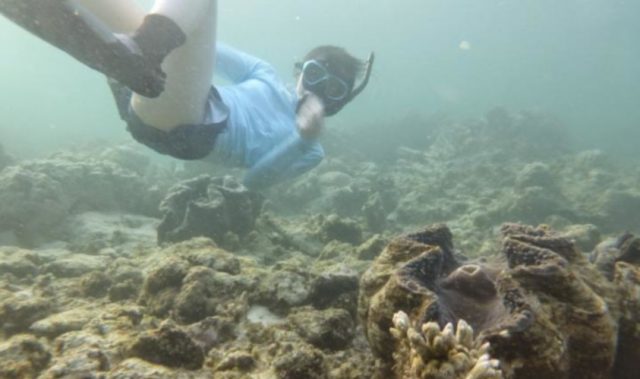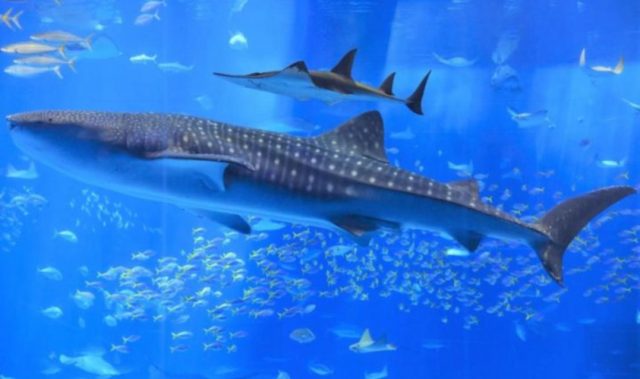
AsianScientist (Sep. 2, 2016) – Lobsters can eat jellyfish without suffering any harm from the venomous stingers due to a series of physical adaptations, finds a Japanese study. The work was published in Plankton and Benthos Research.
Lobsters grow for years before becoming a red-shelled main meal. In their early life stages, lobster larvae ride around the ocean on the bodies of jellyfish while eating them alive, including the venomous portions of the tentacles.
Dr. Kaori Wakabayashi of Hiroshima University set out to hopefully create a food for farmed lobsters. Currently, lobsters are not farmed on the scale of shrimp, crab, or fish because their development and nutritional needs remain poorly understood.
“Farmed marine species are often fed sardines, which has contributed to a dramatic decrease in global sardine populations. In the future, artificial food will empower farmers to provide their lobsters with convenient, sustainable, and safe nutrition regardless of weather, locality, or the availability of other marine resources,” said Wakabayashi.
The researchers fed lobsters (Ibacus novemdentatus) a meal of only Japanese sea nettle tentacles and then examined the lobsters’ fresh feces. Under the microscope, researchers noticed the feces pellets were wrapped tightly in layers of a peritrophic membrane.
These thin-film membranes, which separate food from midgut tissue, usually allow certain small molecules to travel in both directions, but are apparently strong enough to prevent the stingers from reaching the lobster.
“Based on the contents of their feces, we think that the lobster larvae only digest fluid-type foods, which is vital to know as we develop an artificial food for farmed lobsters to grow efficiently and healthily,” said Wakabayashi.
The article can be found at: Kamio et al. Phyllosomas of Smooth Fan Lobsters (Ibacus novemdentatus) Encase Jellyfish Cnidae in Peritrophic Membranes in their Feces.
———
Source: Hiroshima University.
Disclaimer: This article does not necessarily reflect the views of AsianScientist or its staff.












